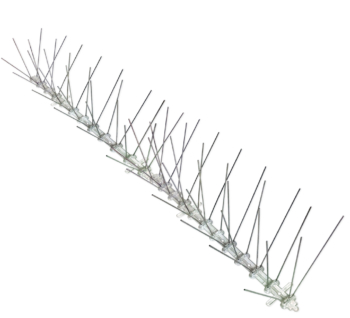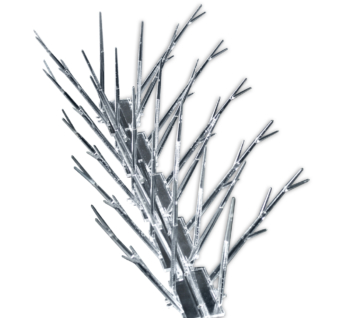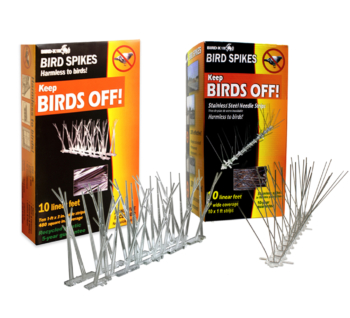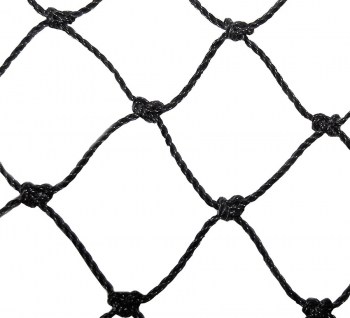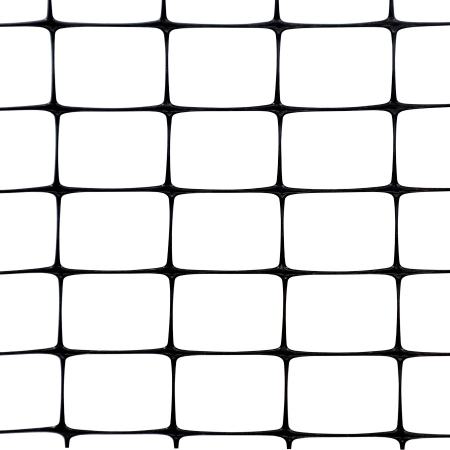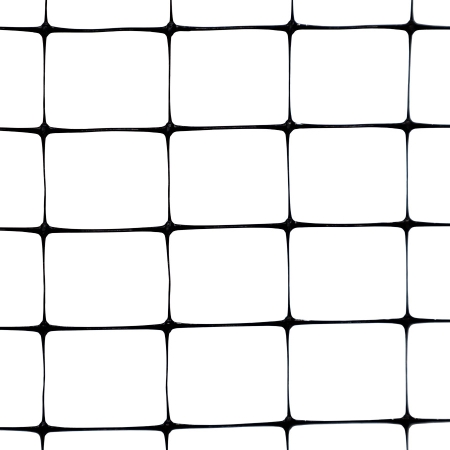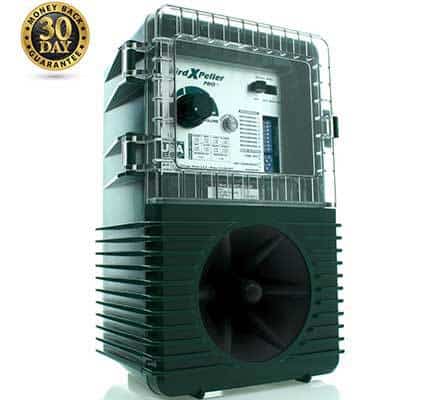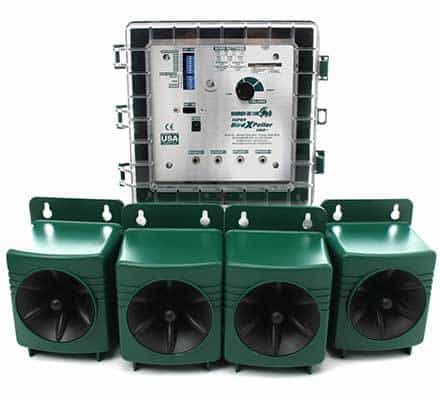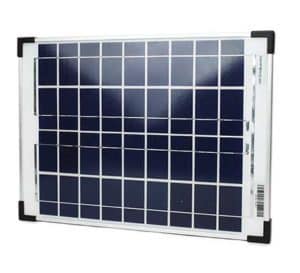Pigeon Control: How to Get Rid of Pigeons
![]()
WHY ARE PIGEONS SO COMMON?
Pigeons are a common sight in cities around the world. It’s easy to identify these gray-colored birds from the ring of iridescent pink and green feathers around their necks. The average life span of pigeons is three to five years in the wild, but their history of living around humans goes back much farther. Historical evidence suggests that pigeons were domesticated as early as 4500 B.C., likely making them the first birds humans tamed.
Thousands of years of domestication have made pigeons very comfortable living around humans. Pigeons also like cities because they are attracted to the tall buildings that resemble the cliffs of their natural habitat. Urban areas also provide an easily available source of food, either from trash or from people who like to feed birds.
WHY PIGEON CONTROL IS IMPORTANT
Given how much pigeons are attracted to areas with a lot of people, they are bound to cause problems. Pigeons can cause a number of issues for humans, including:
- Pigeon feces can contain diseases, such as cryptococcosis, histoplasmosis and psittacosis that can make people sick.
- They can carry other pests, such as fleas, ticks, lice and mites that can carry other diseases or make people sick.
- Pigeon droppings can also become a liability risk. The droppings can make surfaces slick and lead to slip and fall incidents.
- Pigeons naturally like to build their nests in small niches and crevices of cliffs. In an urban environment, this can translate into pigeons building nests in air vents and chimneys, which can become a fire hazard.
- It can cost tens of thousands of dollars to safely clean up excess pigeon feces.
- Contamination from bird droppings can result in government citations and fines that can shut down businesses.
- Pigeon droppings are highly acidic and have a corrosive effect on buildings and other structures. In extreme cases, they have even been known to eat through steel and cause structural collapse.
Thankfully, here at Bird-X we have developed several types of humane pigeon control methods that can help get rid of pigeons and keep them away.
PHYSICAL PIGEON REPELLENTS
Bird spikes are an affordable and cost-effective method to keep pigeons from landing or nesting on a ledge, balcony and overhang.
Bird spikes are a 100% effective, maintenance-free and permanent solution to pest bird infestation. Install bird control spikes on common bird landing surfaces, such as rooftop edges, ledges, window sills, chimneys or anywhere pest bird roosting and nesting are a problem. Bird spike strips are a guaranteed way to prevent pest birds from landing on your property, while eliminating pest damage and liability.
Bird netting blocks pigeons from entering outdoor areas and is a highly effective pigeon control solution when properly installed. Our netting comes in a variety of sizes and thicknesses to meet the needs of any location. Bird netting is also a discreet method of pigeon control, as from a distance the netting is nearly invisible.
Bird netting is available in many sizes and thicknesses to meet the needs of any establishment. Professional bird netting is 100% effective when installed correctly and is invisible from a distance.
Pigeon deterrent gel and liquid bird repellents are low-profile options for keeping pest birds away from structures and surfaces.
ELECTRONIC PIGEON REPELLENT
Pigeons are often attracted to large, open outdoor areas, such as parks and plazas because of discarded food and trash. In addition to other bird control efforts, it’s important to keep such areas as clean as possible so pigeons won’t keep seeing them as a food source. Sonic bird repellers are good at keeping pigeons away from these types of open, outdoor areas. Sonic repellers use naturally recorded distress calls and predator cries that scare pigeons and other pest birds away.
Ultrasonic bird repellers are best used for large, enclosed and semi-enclosed areas, such as loading docks, warehouses, airplane hangars and stadiums. These pigeon deterrent devices are nearly silent to humans but extremely offensive to pest birds.
CLEAN UP BEFORE PRODUCT INSTALLATION
Before installing pigeon control products, it is a good idea to clean up any existing droppings in the area. There are several reasons for this. In some cases, such as with bird spikes, having a clean surface to install on will ensure that the product is securely attached. Birds are also more likely to be attracted to areas which have their scent, which a thorough cleaning can erase. Having a clean surface to start with also allows you to see how effective new pigeon scaring devices are at keeping birds away. If no new droppings are seen in the area, then control efforts are likely working well. If you are still seeing a lot of new droppings, you know that additional measures or adjustments may be needed.
HOW TO SAFELY CLEAN UP PIGEON DROPPINGS
Below are a few tips on how to safely clean up pigeon droppings:
- Prevent the inhalation of droppings by using a breathing or filter mask, especially if it is old and dried out or if you have any type of respiratory condition.
- Prevent skin contact by wearing latex or rubber gloves, closed-toe shoes, full-length pants and a long sleeve shirt.
- If possible, wet down the affected areas with water before cleaning to prevent creating dust.
- Use a scraper or other similar tool to remove as much excess feces as possible before further cleaning.
- Use a disinfectant to scrub away any remaining fecal material or staining.
- Either thoroughly disinfect or get rid of cleaning tools and other items that may have come in contact with the droppings.
- Be cautious when washing affected areas. Make sure that it is draining off properly and not just pooling in another area.
- For larger amounts of droppings, hiring a specialist cleaning service may be the best option to ensure a thorough and safe cleanup process.

